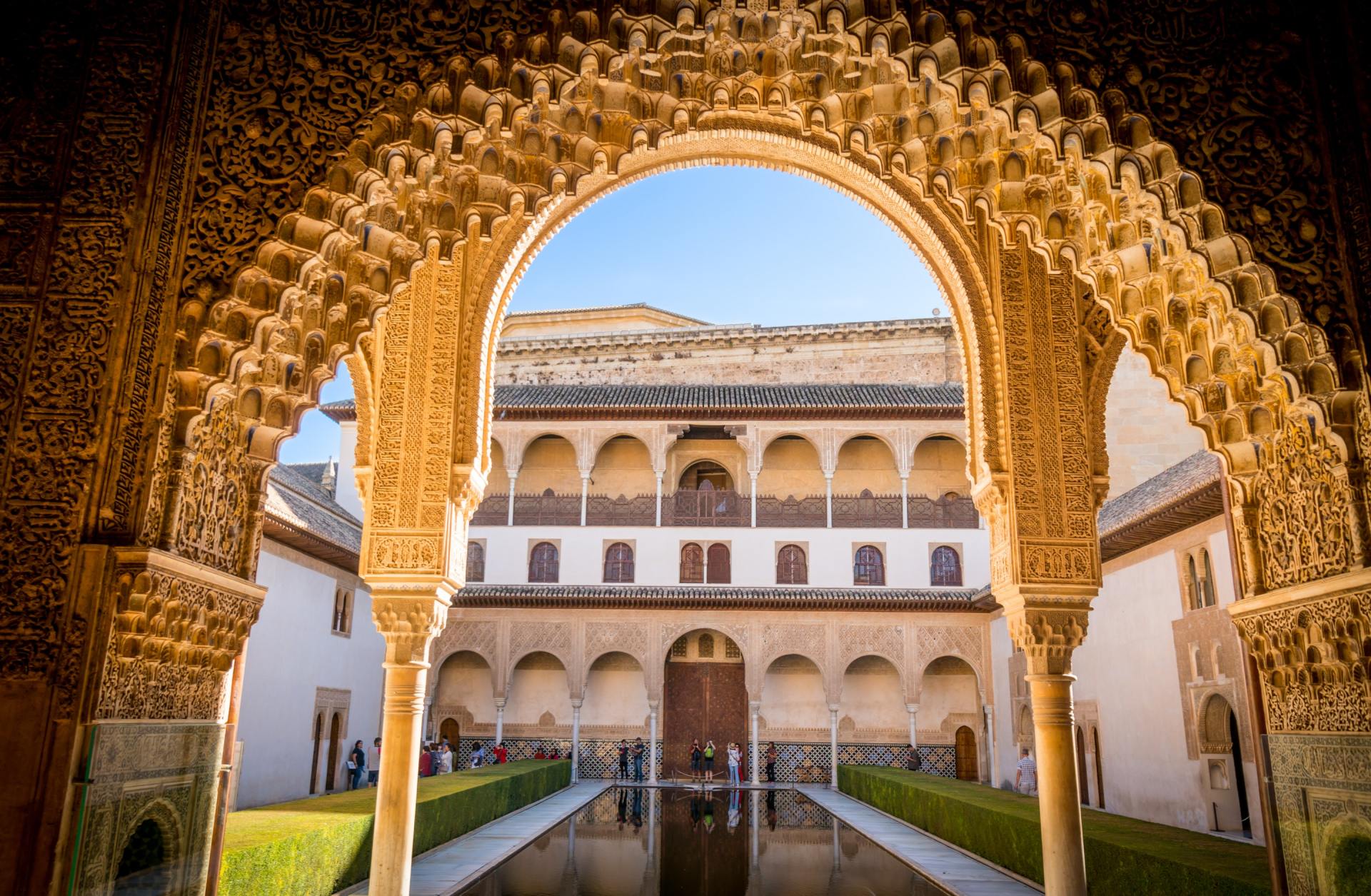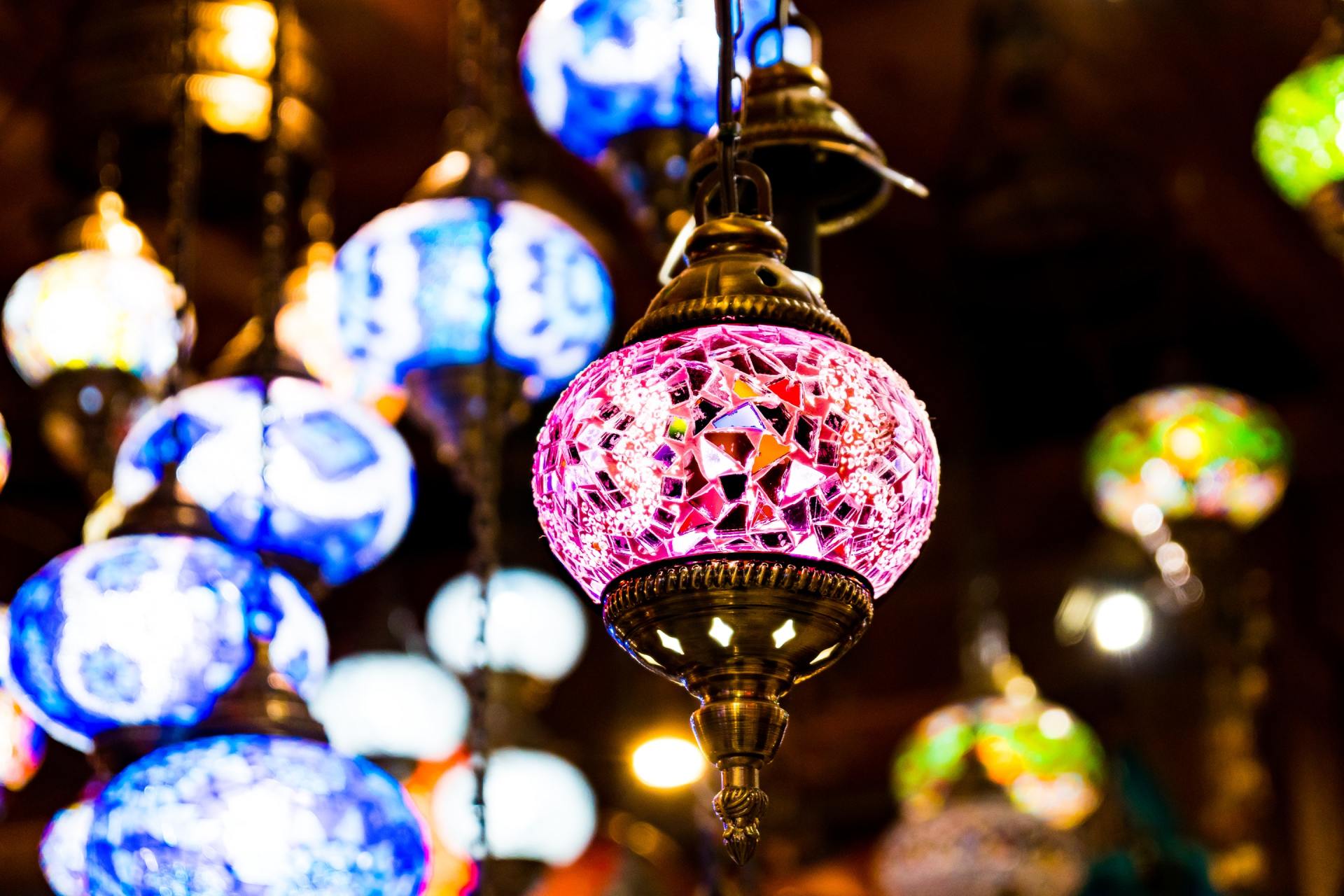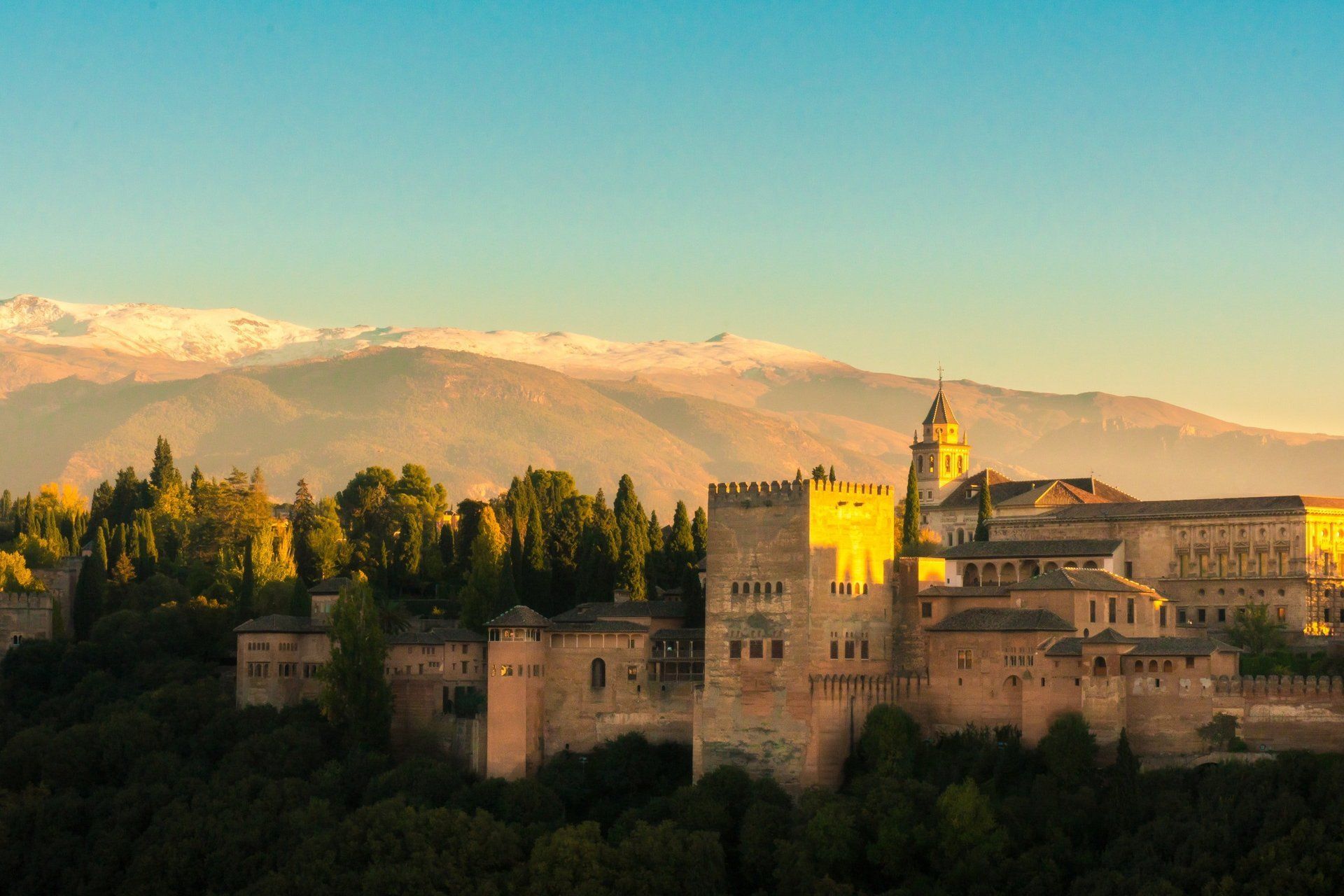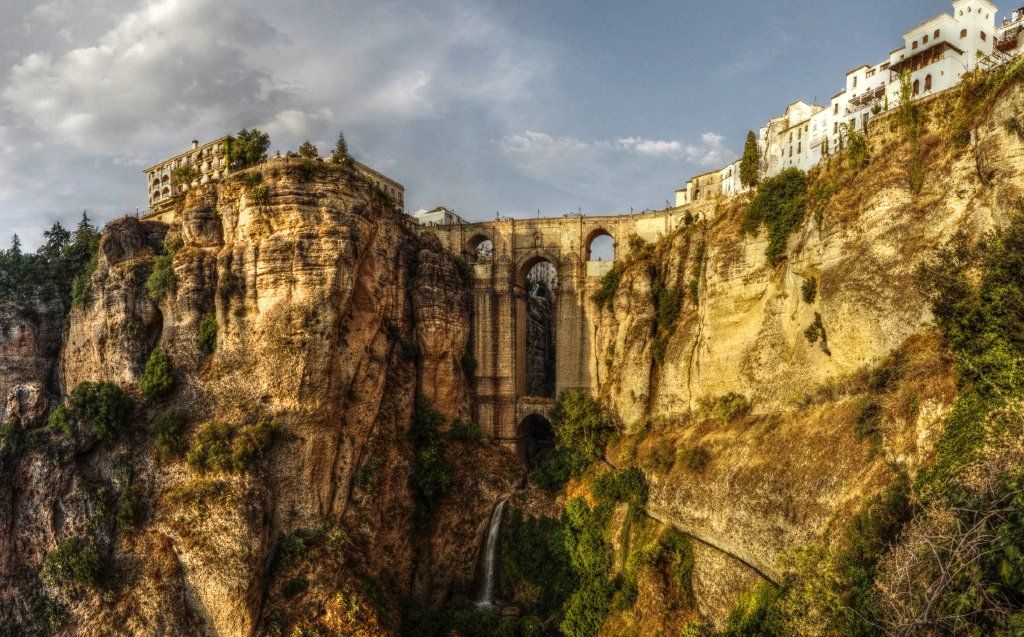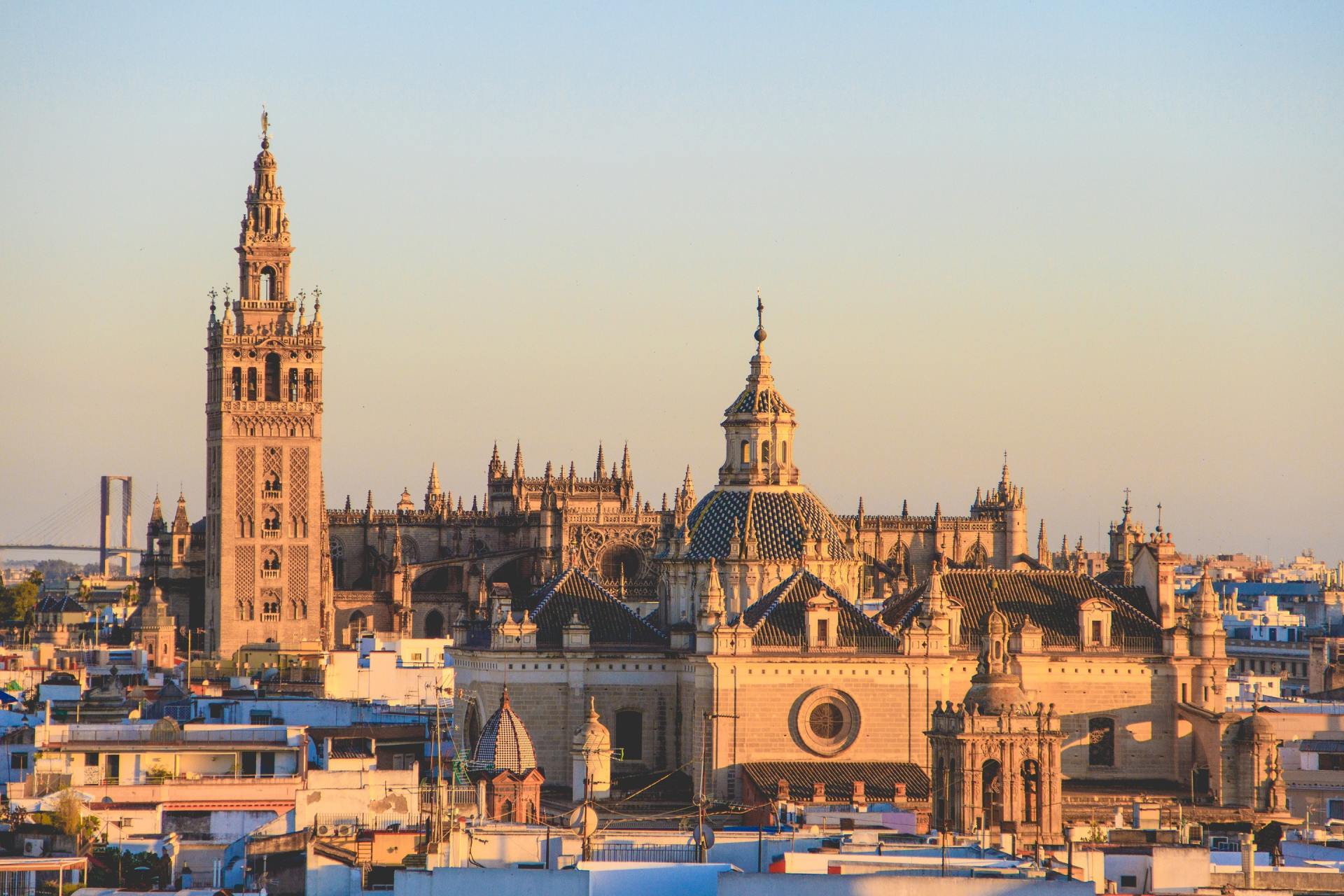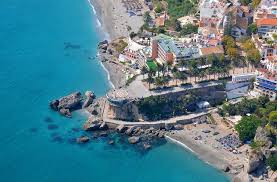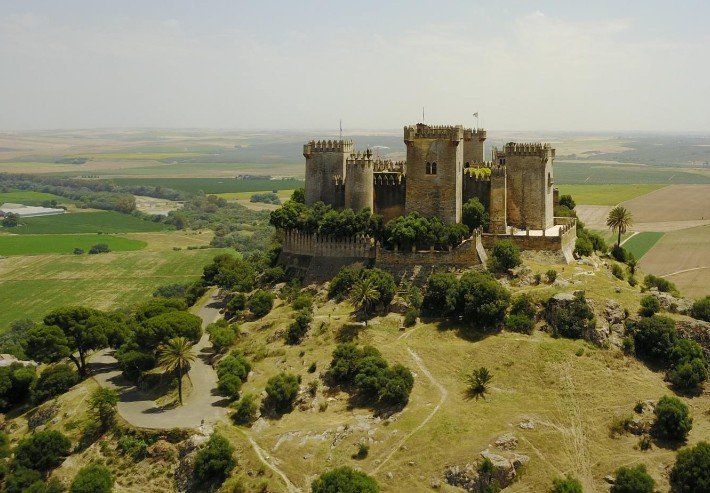A trip To Granada
Take a step back in time and discover one of Spain’s greatest treasures, the Alhambra of Granada.
Return to the coast with your senses alive with scented gardens and images of Arabian nights.
Mirador San Nicolás
Offering unforgettable views over the El Tajo gorge. The Puente Nuevo – new bridge – was actually completed in 1793 and took forty two years to build.
Albaicín Neighborhood
The Albaicín neighborhood is the stuff of Spanish dreams. Narrow cobblestone roads weave through traditional homes, charming plazas, quaint courtyards and multiple historic sites. There are also plenty of shopping, dining and entertainment options to be found within.
Arab Baths
The Arab baths were once a gathering place for Granada's Arab inhabitants, having been an important ritual in Muslim life and culture. To the Moors, water was considered a symbol of purity and the baths were used to cleanse oneself both physically and spiritually.
Alcaiceria Market
Walking through the narrow alleyway, expect to find plenty of kitschy souvenirs but also many Moroccan goods, including tapestries, stained-glass lamps, African-style clothing, tea sets and various leather goods. Keep an eye out in particular for fajalauza, or traditionally painted ceramics, and taracea, ornate wooden inlay goods.
Sacromonte district
The Sacromonte district is actually part of the Albaicín, occupying the northern tip of the neighborhood. But what the Sacromonte really stands out for is its caves, and the flamenco that takes place within. Sacromonte's caves were initially created by the Arabs and primarily enjoyed by gypsies, who arrived to the city during the 15th century.
Basílica San Juan de Dios
Is considered one of the most important Baroque temples in Spain and houses an urn that contains Saint John of the Gods. What stands out most to visitors, however, is its interiors. The interior patio, almost entirely gold, stuns travelers when lit up by the natural light that pours through the church's windows.


